 SELECTED
ISSUE
SELECTED
ISSUE
|
|
Leisure Management - Get pedalling – indoor cycling

Operations

|
|
| Get pedalling – indoor cycling
|

With their dark vibe, pumping music and kit that needs adjusting,
indoor cycling classes can be intimidating to the uninitiated.
Steph Eaves asks suppliers for their tips on how to encourage
beginners into the cycling studio – and keep them coming back
|

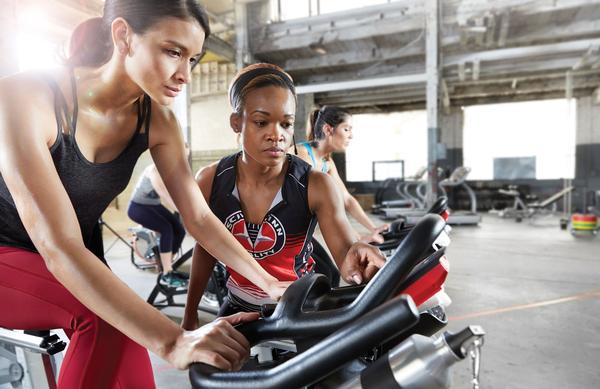
Team-based challenges are ideal for newbies, as their results need not show photo: core health and fitness
|
|
Lou Atkinson
Lead master instructor,
Core Health and Fitness
 photo: core health and fitness
Technology, data, leaderboards and gamification can vastly elevate the indoor cycling experience. However, these can also be hugely intimidating, either because the numbers, colours and graphics are unfamiliar, or because these tools are being used to create a competitive environment, where a newbie rider immediately knows they will ‘lose’ to more experienced riders.
Coaches need the necessary education and skills to make metrics meaningful to their riders, both experienced and beginner. Generally, asking riders to focus on one metric at a time can reduce cognitive overload. For example, having one stage focused on cadence – RPM) – then the next stage focused on power – Watts – simplifies the workout, and gives the coach time to explain that particular metric and how it can help individuals to get more from their workout.
Where leaderboards and challenges are included in class, making these team-based is ideal for newbies, as they feel connected to the group and able to contribute to their team’s performance, without the pressure of their individual performance being visible. Similarly, having challenges based on metrics other than simply who can hit the highest number can unite the class and give everyone a sense of competence – something that is key to intrinsic motivation for any activity.
Individualised metrics such as relative power (watts/kg) and percentage of maximum heart rate (%HRmax) prevent lighter and older riders from being unfairly disadvantaged, while challenges based on consistency of RPMs or maintaining a sub-maximal intensity give people of all experience levels the chance to make it to the winners’ podium.
Asking riders to focus on
one metric at a time can
reduce cognitive overload
Katy Sullivan
Master trainer, Matrix Fitness
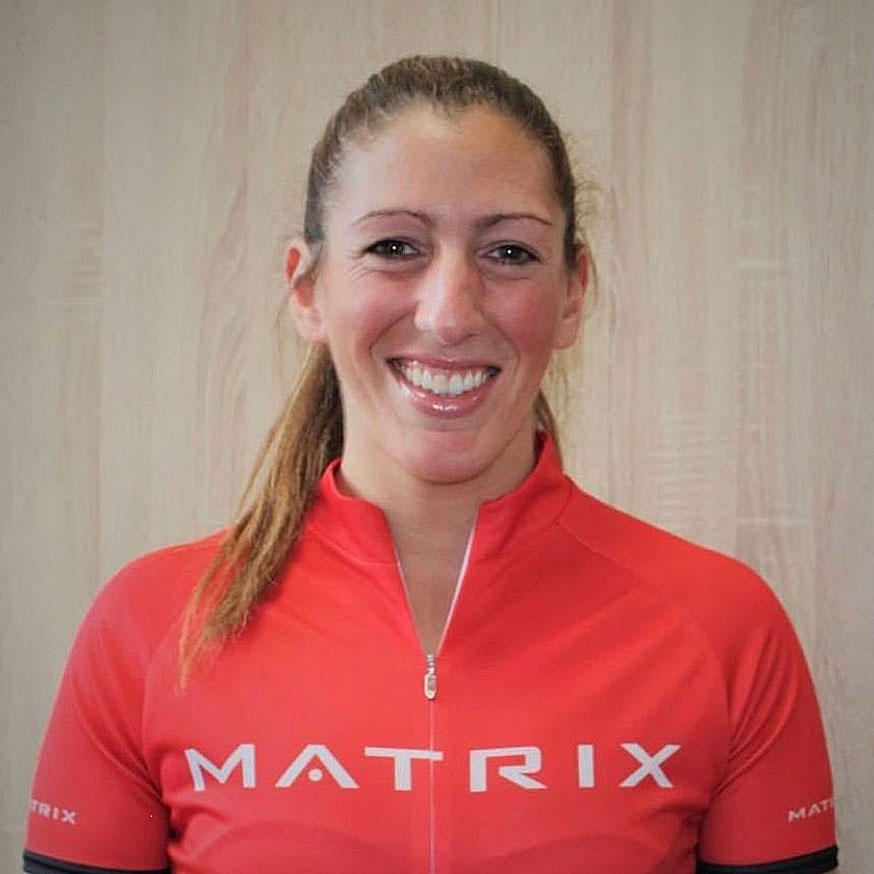 photo: matrix fitness
It’s understandable that group exercise classes can be extremely intimidating for many people, especially those relatively new to the gym or indoor cycling studio. Walking into a class where everybody seems to know what they’re doing can be very scary for some.
Having taught group cycling classes for over 17 years, I regularly have members saying how nervous they are about it. I instantly put them at ease and remind them that they can make the class as easy or as hard as they want to. It’s their workout, and I am just their guide.
I always make sure I’m early to every class and that I’m always the first person in the studio to greet everyone as they show up and reassure those participating for the first time. I’m also approached by many new members at the end of class to ask how they can make their seat more comfortable, and this is the perfect time to talk about padded cycling shorts, cycling shoes and generally anything that will make the ride more comfortable so that they will be more inclined to come back.
I remind members that they
can make the class as easy
or as hard as they want to
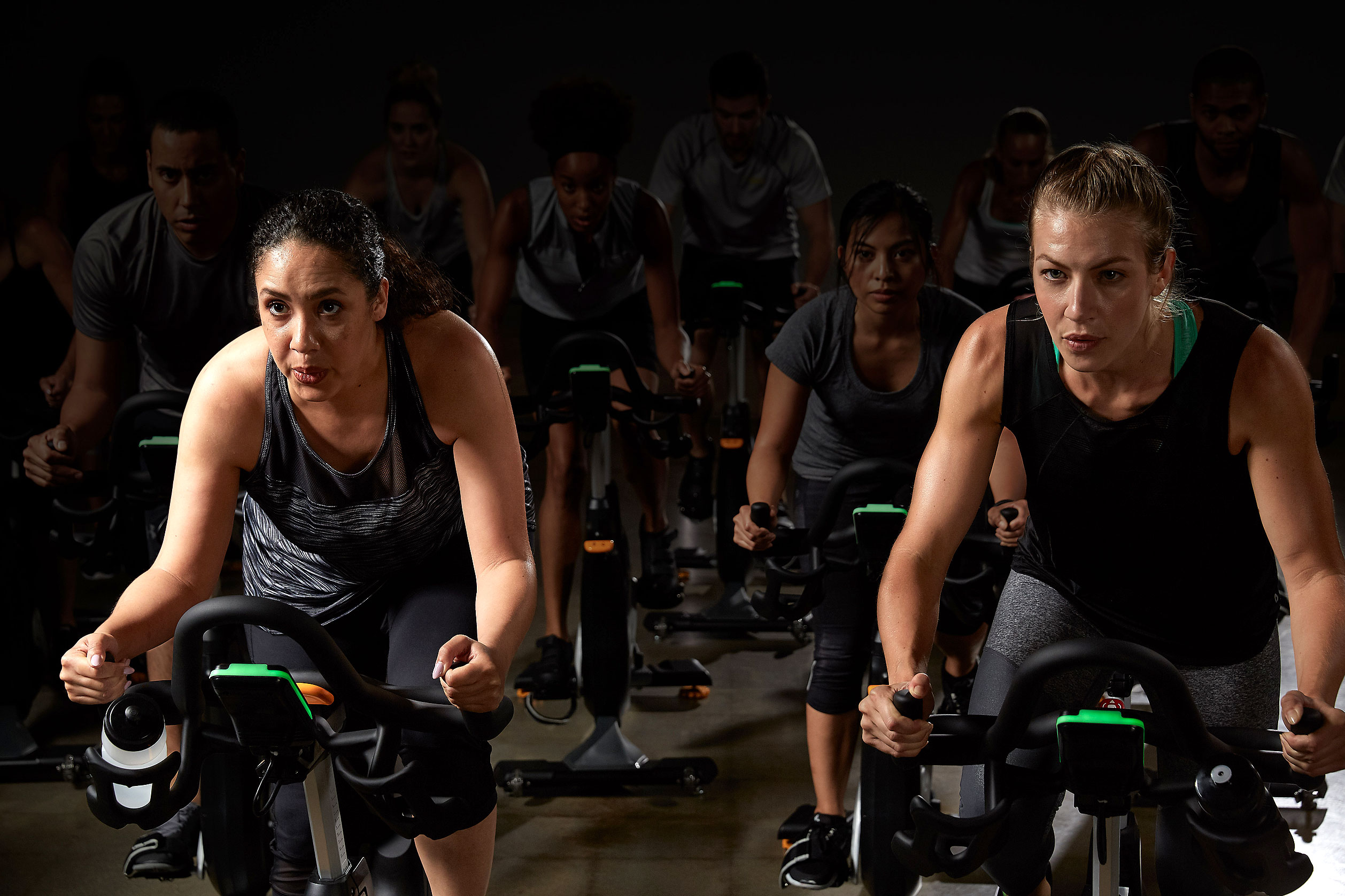
Coaching members on the right kit and settings can improve retention / photo: matrix mx18
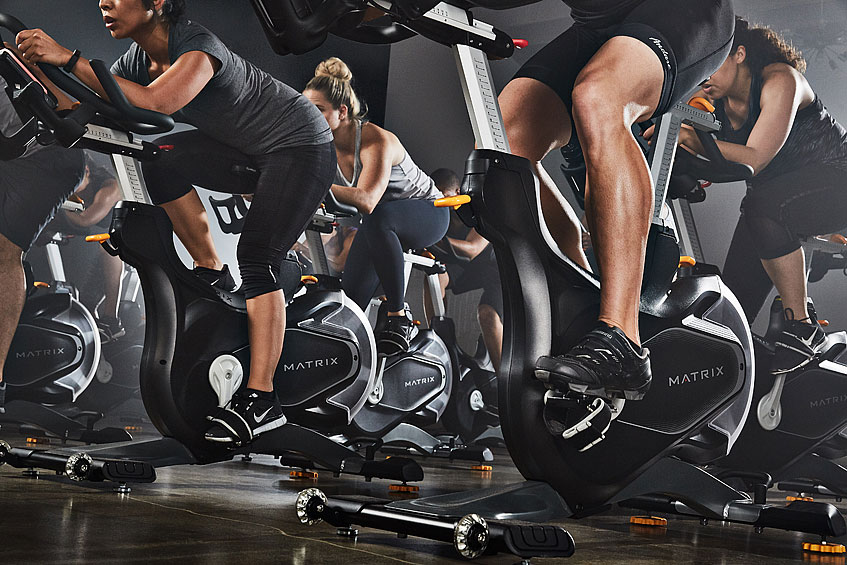
photo: matrix MX18
Martin Franklin
CEO, Les Mills Europe
 photo: les mills
For our recent Global Fitness Report, market research company Qualtrics spoke to over 12,000 people from across the globe about their exercise habits, with 69 per cent stating their level of fitness was somewhere between a complete beginner to intermediate.
Of those surveyed, only 7 per cent said they actually take part in indoor cycling classes currently and 12 per cent said they would consider taking part in an indoor cycling class in the future. Clearly there’s work still to be done in encouraging people to take part in indoor cycling classes.
For operators, virtual classes represent a key opportunity for breaking down barriers, and many of our operator partners have cited their success using this model. Virtual on-demand classes can be a relatively easy solution for operators, with beginner classes enabling new clients to take sessions in their own time and at their own pace. Research shows that 12 per cent of those who take part in virtual classes then go on to take part in live classes.
Virtual is also a great opportunity to educate beginners in a safe, non-threatening environment. Experience-led classes, with their exciting visuals, can reduce levels of perceived exertion and provide audio visual distraction. This can lead to greater enjoyment, higher retention, better results, and less intimidation factor for newcomers. Our immersive cycle experience, The Trip, has proven hugely successful with operators in attracting and retaining first timers.
Virtual is also a great opportunity
to educate beginners in a safe,
non-threatening environment
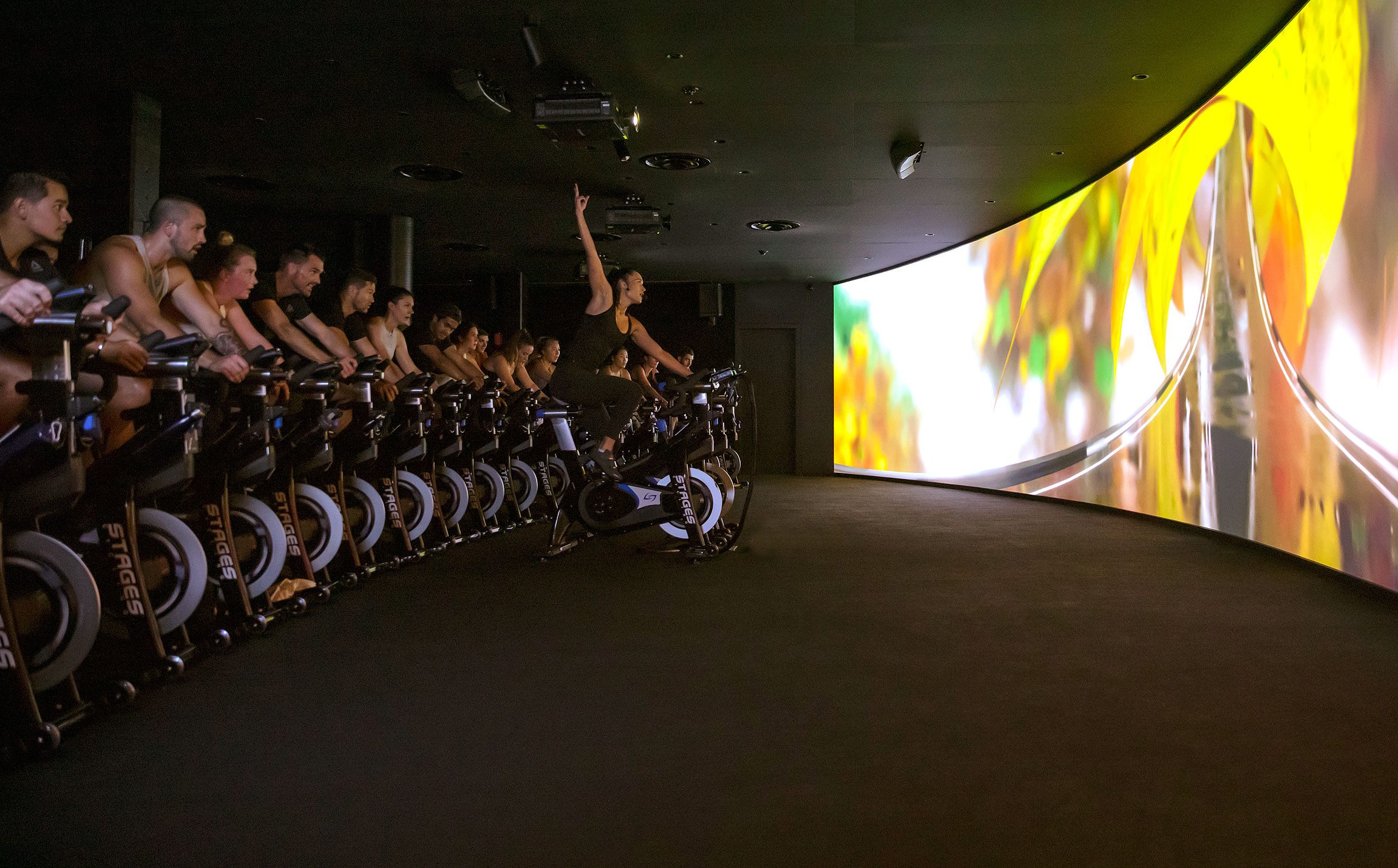
Immersive cycling experience, The Trip, is popular with beginners / photo: les mills - the trip
Richard Sheen
Commercial sales director, Pulse Fitness
 photo: pulse fitness
On the surface, indoor cycling classes might seem intimidating; the dark room, the disco lights and close proximity to others. Some people put all group exercise classes into the same pot, seeing them all as difficult and something they don’t know anything about. In reality, indoor cycling classes are much easier to get to grips with than other group exercise classes, as you don’t need to be able to move to the beat, and once you’re set up and on the bike, all you need to do is pedal!
Offer a short drop-in before the class for newbies to get help setting up their bike, and receive a quick run through of what to expect. Consider creating video content for your social media channels, or even to play on a screen outside the studio. When members know what to expect, they find new experiences much less intimidating.
When members know
what to expect, they find
new experiences much
less intimidating
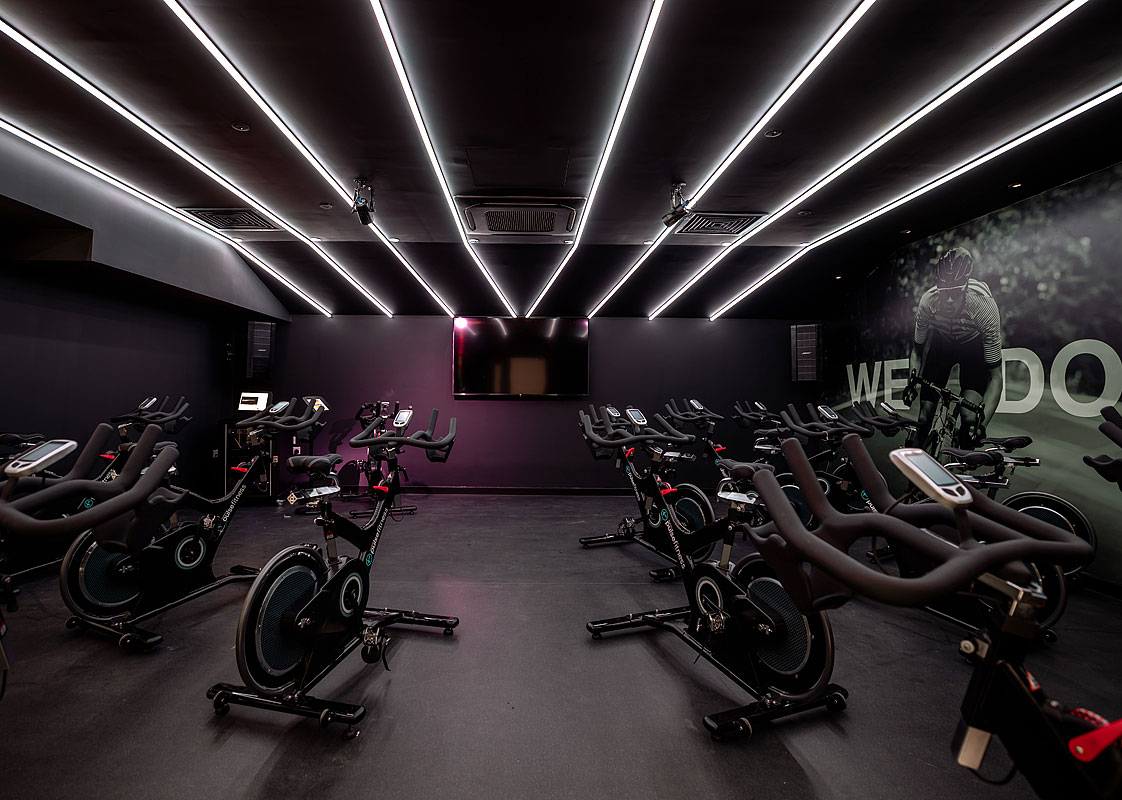
When members know what to expect they find new experiences less intimidating / photo: pulse fitness
Marvin Burton
Training and experience specialist,
Life Fitness
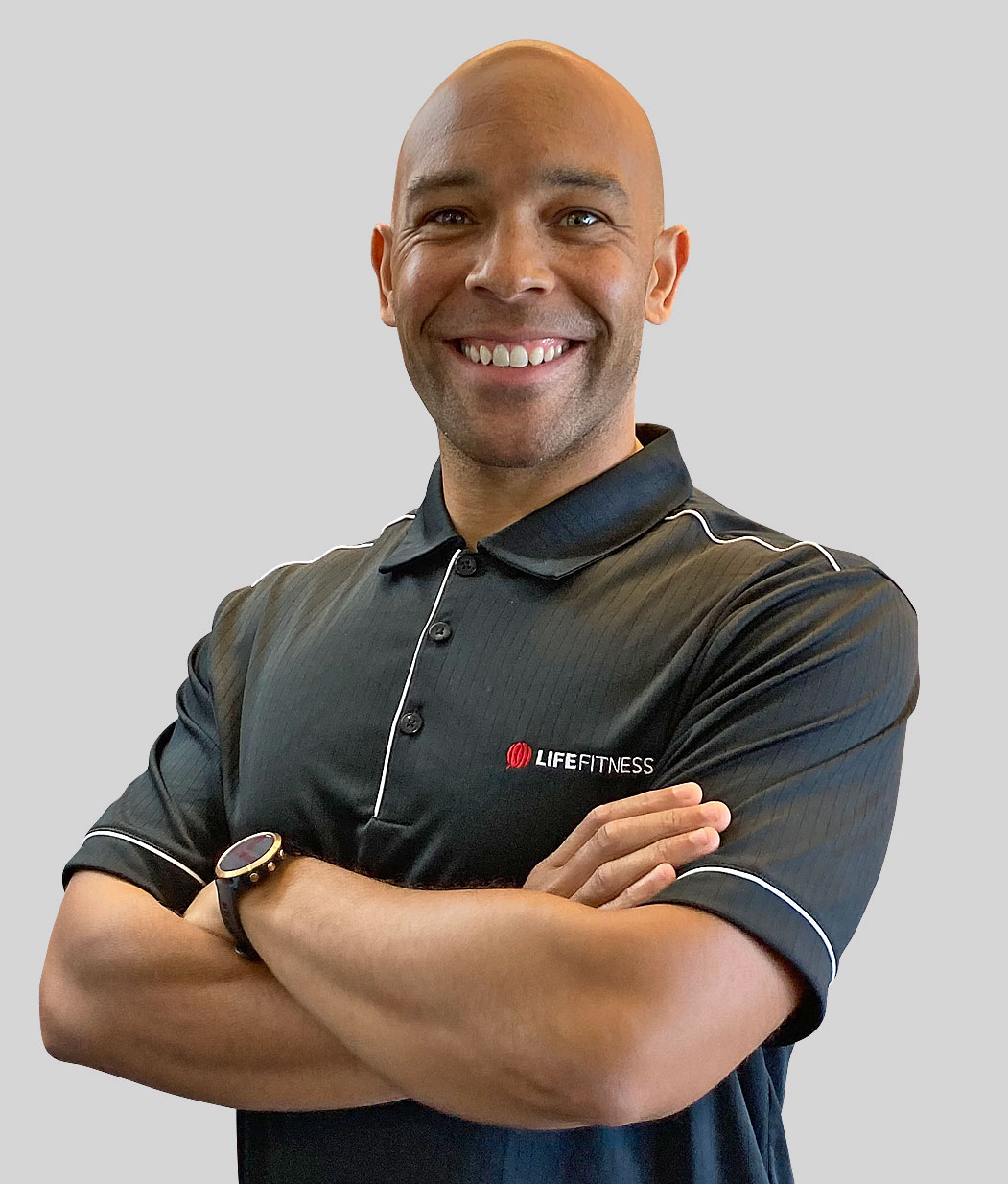 photo: Life Fitness Cycling
It’s important for each rider to be able to personalise their experience and their ride relative to their own ability and fitness level.
We also work with our partners to consider the exercise environment, room design, sound, and use of workout data, to educate participants. We refer to this as our ‘ICG ecosystem’, which helps to build fitness communities and to attract and retain members.
We’re able to create customised workout experiences in a group indoor cycling setting on the ICG bikes through a training system called Coach-By-Color.
This calculates the workout level based on a short test and we recommend this is test completed prior to an exerciser’s first class – although it can be estimated and modified during the workout at any time.
What this means is that users are riding at a percentage of ability that’s relative to them – so you can have an elite athlete next to a complete novice, both participating in the same workout, and at a level of exertion aligned to their specific fitness levels.
Create customised workout experiences
in a group indoor cycling setting
|
|
 |
| Originally published in Health Club Management 2021 issue 10
|
|
 |
|